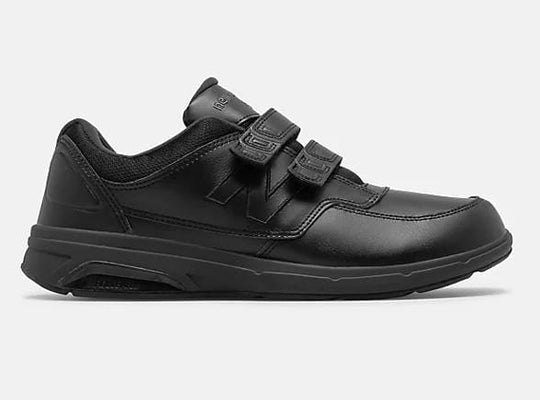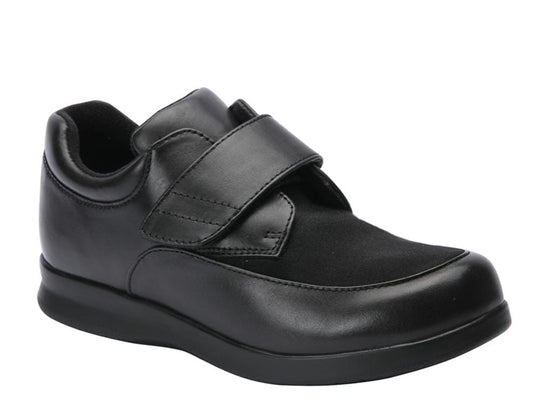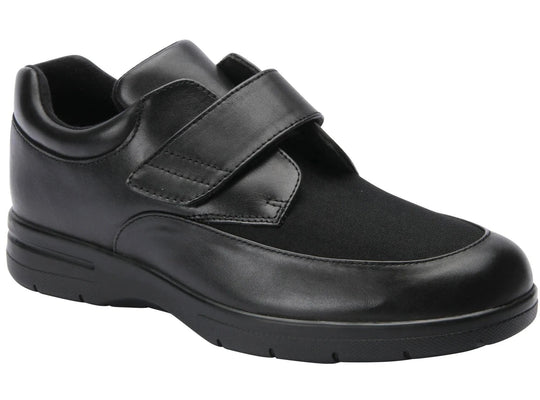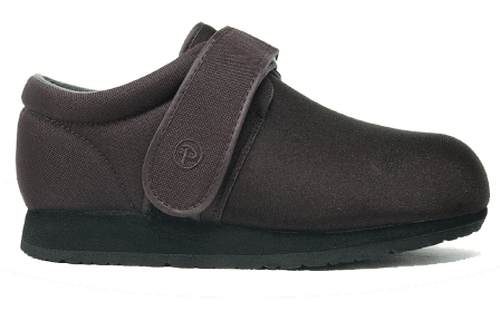Health Concerns: Learn Why the Right Shoe Matters at Sole to Soul Footwear
HOW TO GET A PROFESSIONAL FIT
At Sole to Soul Footwear, our fitting experience always begins with you, the customer. A fitting session starts with a Brannock Device to ensure a proper fit. This device not only measures your foot’s overall length (heel-to-toe), but also your foot’s overall arch length (heel-to-ball). Because your footwear should flex at the ball of your foot, we want to ensure that your arch is positioned properly inside your shoe to allow this to be possible without discomfort. We will also measure your foot’s overall width to allow the right amount of space inside your shoe.
Because no two shoes are ever alike from manufacturer to manufacturer, our professional shoe-fitters are knowledgeable about various styles and fit characteristics. Sometimes our fitting process may involve trial fittings to ensure you receive the right size and fit. While you may typically wear one size in one specific type of shoe, be advised that your size may not be the same across the board. We also use terms such as narrow, wide, regular and extra wide to describe the way shoes fit.
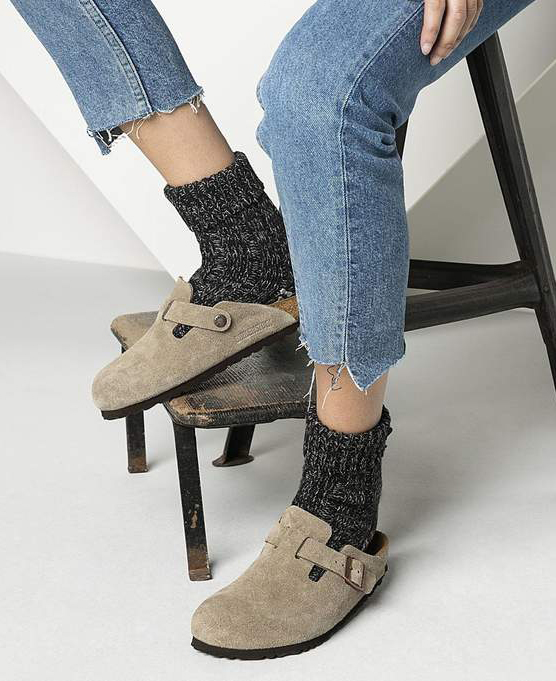
Sole to Soul Footwear is here to help you find the information you need about your foot health. Here are some questions that you might want to ask yourself to see if you are truly buying the right foot care products for yourself:
• Do you feel foot pain after walking for short periods of time?
• Do you notice your back or legs hurt after standing for a period of time?
• Do you notice that your shoes seem to wear and tear in the sole area?
If you are not sure in any instance, it is important to know how to maintain the health of your entire body. Sole to Soul Footwear is proud to present to you the foot health-related information to help you become more familiar with your feet and body:
Achilles Tendinitis
- Orthotic devices are used to accommodate biomechanical abnormalities, while heel lifts may be recommended on a temporary basis to elevate the heel and reduce stress on the Achilles tendon.
Bunions/Bunionettes
- Shoes with a special rocker sole can help to alleviate the pain of a bunion. It’s also imperative you wear shoes that fit properly.
Corns & Calluses - The best way to avoid corns and calluses is to wear proper-fitting shoes and socks.
Diabetic Feet - Rocker soles or removable insoles can help reduce pressure in the ball of your foot, which can be an area that is susceptible to pressure sores and ulcers for a diabetic.
Foot Arthritis - Orthotics can be used to help protect painful, swollen joints and to allow the joints to work in a more natural way.
Haglund’s Deformity - Wearing proper-fitting shoes and socks can reduce the likelihood of Haglund’s Deformity from occurring.
Hallux Rigidus/Limitus - Wearing proper-fitting shoes and socks can reduce the likelihood of the condition known as Hallux Rigidus/Limitus (stiff big toe joint).
Hammer/Claw/Mallet Toes - Shoes need to be deep or have a soft top to accommodate bent toes. Over-the-counter pads may also help treat this condition.
Heel Spurs - The sponge-like material found under the heel of most orthotics can help relieve the pressure and pain associated with heel spurs.
Ingrown Toenails - Proper-fitting shoes can greatly reduce your likelihood of developing painful ingrown toenails.
Metatarsalgia - Orthotics designed to relieve ball-of-foot pain usually feature a metatarsal pad. The orthotic is constructed with the pad placed behind the ball-of-the-foot to help relieve pressure and redistribute weight from the painful area to more tolerant areas.
Morton’s Neuroma - Proper-fitting shoes can help you reduce the chance of developing Morton’s Neuroma.
Plantar Fasciitis - An orthotic that provides cushioning and stability while being a good shock-absorbing shoe can help with unusually high arches. Other common treatments include plantar fasciitis night splints and shoes with strong heel counters to help control the amount of pronation and provide good cushioning to the foot.
Posterior Tibialis Tendinitis - Orthotics and shoe insoles can help reduce your chances of developing posterior tibialis tendinitis.
Stress Fractures - Proper-fitting shoes can help decrease your likelihood of forming a stress fracture from repetitive high-impact activities.

